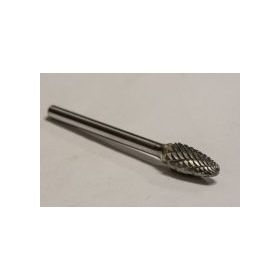There are many of various forms of dental burs in the marketplace, and each one offers specific advantages. Some function better using capacities, but making the best options needed for the cost-effective success of your practice.

We’ve examined kinds of dental burs, and provided information to assist you make the right choices when deciding on one to your dental or orthodontic practice.
1. Diamond burs
Features of using diamond dental burs:
Diamond burs enable faster and smoother cutting, and so are needed when a cut requires extreme precision. Diamond burs which has a finer grit can make a higher polish, and are therefore appropriate for precise work as an alternative to removing large items of material.
When purchasing diamond jewelry dental bur, remember that natural diamonds can last beyond their man-made counterparts.
Use diamond burs for: Cutting through porcelain, polishing.
2. Carbide burs
Features of using carbide dental burs:
Carbide burs leave a smoother surface than diamond burs. Carbide burs likewise have less vibration and “chatter” than other styles. Because these burs be capable of withstand high temperatures, they maintain their edge a lot longer than other burs.
These burs could also be used on the wide variety of materials, such as gold, silver and acrylics. Additionally, they be very durable without chipping or breaking.
Use carbides for: Preparing cavities for fillings, shaping bone, removing old fillings.
Do you know the Main Differences Between Carbide Burs and Diamond Burs?
Both carbide and diamond burs are instrumental elements of your dentist office, and necessary tools that you need to succeed. Since they have their strengths, it’s crucial that you realize their differences so that you can easily select which would be more appropriate.
These burs operates differently. With diamond burs, you grind around the tooth, which leaves a rough surface. Consequently, you have to polish it later. Carbides, however, are best for slicing away very small bits of your tooth. It is because carbide burs have small blades.
To learn more about carbide burs dental lab use visit this popular resource
